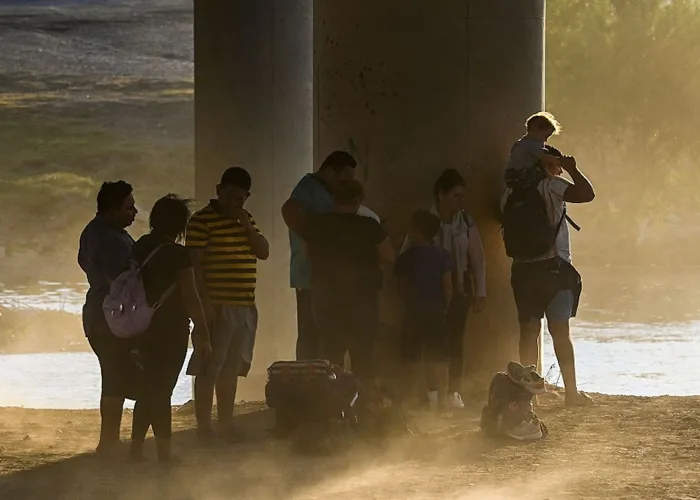Migration trends across the Western Hemisphere have undergone dramatic shifts in recent years, with unprecedented numbers of migrants from across the Americas and beyond traversing the region. While many aim to reach the United States, others are settling in Latin America and the Caribbean, prompting governments to strengthen cooperation on migration management.
Mexico’s Pivotal Role in U.S. Border Enforcement
No country has been more instrumental in U.S. border enforcement efforts than Mexico. At times in 2024, Mexican authorities recorded more migrant encounters within their territory than U.S. Border Patrol did along the southwest border. Mexico’s policies have been a key factor in reducing unauthorized migration to the U.S., a trend that began in 2024 and has persisted under both nations’ new administrations.
The future of this collaboration now depends on the policies of U.S. President Donald Trump and Mexican President Claudia Sheinbaum. Their approaches will determine whether the two countries sustain joint efforts—and in what form.
From Regional Cooperation to Enforcement-Focused Strategies
This policy brief examines recent trends in unauthorized migration and humanitarian protection, as well as the evolving U.S.-Mexico partnership in addressing these challenges. It traces the transition from broad hemispheric cooperation to a U.S. strategy emphasizing mass deportations and economic pressure, including threatened tariffs.
The analysis draws on interviews and roundtable discussions with policymakers, researchers, and representatives from international and civil society organizations in both countries.
Related topics:
- 1996 Illegal Immigration Reform and Immigrant Responsibility Act
- 1986 Immigration Amnesty: A Turning Point in U.S. Immigration Policy
- Who Sets Immigration Policy


